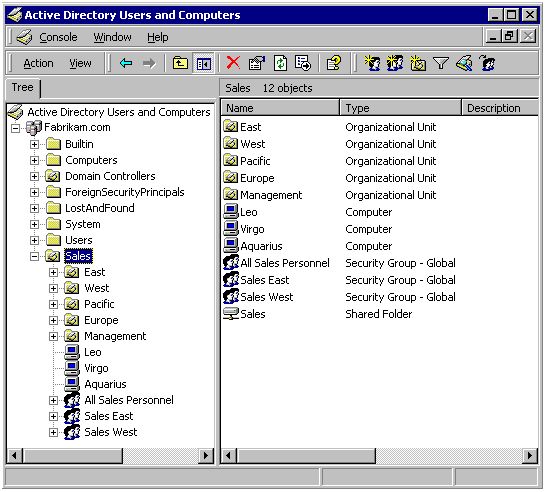

LDAP (Host, Port, Connection Version) - state hostname or IP of your LDAP server.Other basic settings include connection to your LDAP server: To eliminate sending internal registration credentials, Disable Registration Email. This would show up LDAP login form without the option to register in the community.Įach time a new user logs in against the LDAP server, UseResponse internal account is created. If you are going to use the system only internally within your company, set the option to use only SSO authentication. Then click Settings and select the LDAP method. Go to Administration » Applications and enable Single Sign-On. Feel free to leave a comment below or visit our Support Portal for further assistance.Allow users to authenticate against the LDAP server in UseResponse (Microsoft's Active Directory Server, OpenLDAP, etc) of your choice, in addition to standard UseResponse authentication methods. Let us know! We love chatting about what’s going on under the hood. If they are identical, authentication is successful. The domain controller compares the encrypted challenge it computed (in step 5) to the response computed by the App Server (in step 3).It uses this password hash to encrypt the challenge. The domain controller uses the user name to retrieve the hash of the user’s password from the Security Account Manager database.

The App Server sends the following three items to the domain controller: User name, Challenge and Response.The App Server encrypts this challenge with the hash of the user’s password and returns the result to the Domain Controller.The domain controller generates a 16-byte random number, called a challenge or nonce, and sends it to the App Server.In any case, the App Server computes a cryptographic hash of the password and discards the actual password. However, keep in mind that PaperCut client systems automagically upgrade their authentication connections to the App Server from HTTP to HTTPS, so passwords will not traverse the network un-encrypted with one exception: authentication attempts through user or admin webpages using the HTTP:// URL instead of HTTPS://. The client system sends the user name to the App Server in plaintext. A user accesses a client system (as described above) and provides a user name and password.


 0 kommentar(er)
0 kommentar(er)
